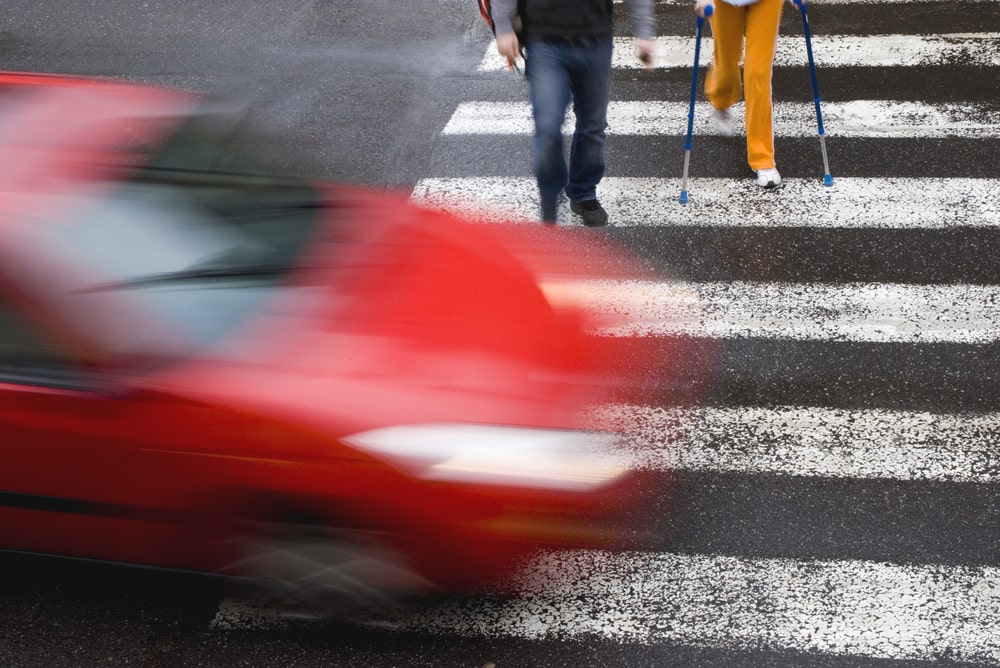Steps To Take After A Pedestrian Crash
Being struck by a vehicle while walking can be a life-altering experience. From physical pain to financial stress, the aftermath is overwhelming for most victims. Knowing what to do immediately after the crash can make a big difference in both recovery and legal outcomes.
Below, our friends from Acadia Law Group PC discuss steps to take after a pedestrian is injured by a moving vehicle.
Get To Safety And Call 911
If you’re conscious and able to move, your first priority is getting out of harm’s way. Move to the sidewalk or shoulder if possible and call 911 immediately. Emergency services can provide urgent medical care and create an official police report, which is essential for your legal case. This report often serves as a foundation for any future claim you may need to file.
Accept Medical Attention On Scene
Even if your injuries seem minor, allow paramedics to examine you. Adrenaline can hide pain, and some serious conditions—like internal bleeding or head injuries—may not show symptoms right away. Medical documentation from the scene is also a valuable record if you pursue a personal injury claim. Skipping this step can make it harder to prove the extent of your injuries later.
For different reasons, people often try to downplay their injuries. It is important to understand that it is better to err on the side of caution by seeking treatment and telling medical professionals every symptom or feeling you have, no matter how small or embarrassing it may seem. Not only for your own health but for documentation in case you need to file an injury claim in the future.
Get The Driver’s Information
Try to collect the driver’s name, contact information, license plate number, and insurance details. If you’re too injured, ask a bystander to help. Never assume the police report will include everything—having your own notes can be helpful later on. It’s always better to gather more information than you think you’ll need.
Collect Witness Contact Information
Eyewitness accounts can support your version of events. If anyone saw the crash, politely ask for their name and phone number. Their testimony may be important when dealing with insurance adjusters or in court. Independent witness statements often carry significant weight in determining fault.
Document The Scene If You Can
Photos and videos taken at the scene can preserve details that might otherwise be lost. Capture your injuries, vehicle damage, street signs, traffic signals, and anything else relevant. This kind of evidence often proves valuable when determining fault and damages. It also helps fill in the gaps if your memory fades over time.
Seek A Full Medical Evaluation
After leaving the scene, follow up at a hospital or with your doctor—even if you already saw paramedics. Some injuries take hours or even days to develop. A complete medical record is not only important for your health but also for linking the injuries directly to the incident. Keep copies of every visit and diagnosis.
Avoid Giving Statements To Insurers Right Away
Insurance companies may contact you soon after the crash and ask for a statement. It’s wise to speak with legal counsel before providing one. Anything you say might later be used to reduce your compensation or deny your claim altogether.
Speak With An Accident Lawyer
Legal guidance from a pedestrian accident lawyer can help you protect your rights, gather supporting evidence, and manage communications with insurers. While not every case goes to court, having someone experienced on your side can make a significant difference in your outcome.
Taking these steps after a pedestrian crash can help protect your health, your legal rights, and your ability to recover full compensation. Acting quickly and carefully can prevent costly mistakes during a stressful time.

